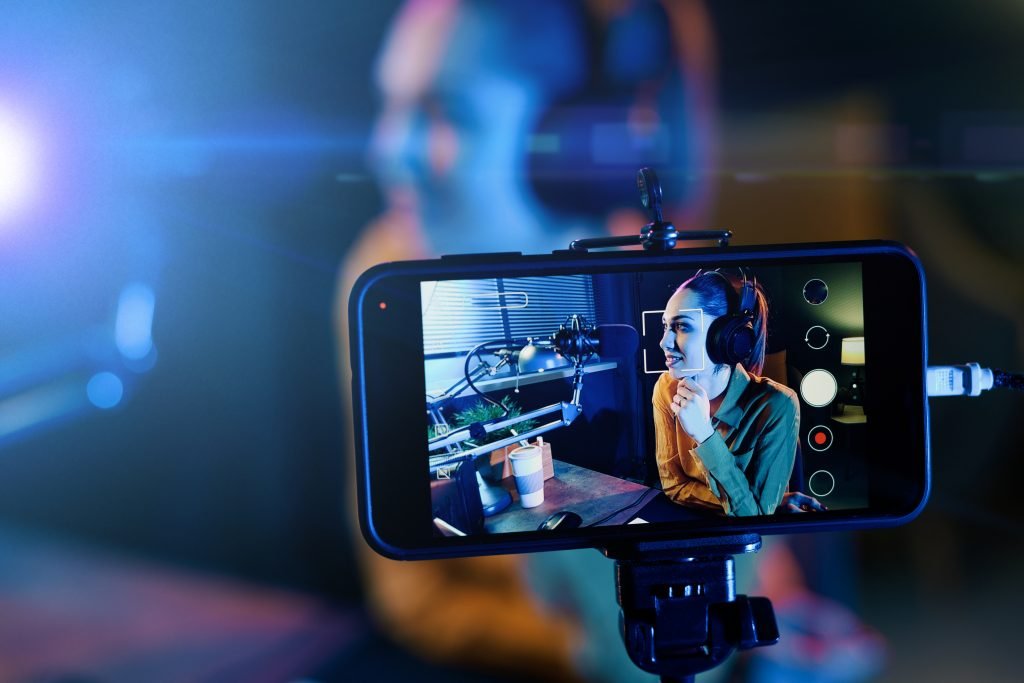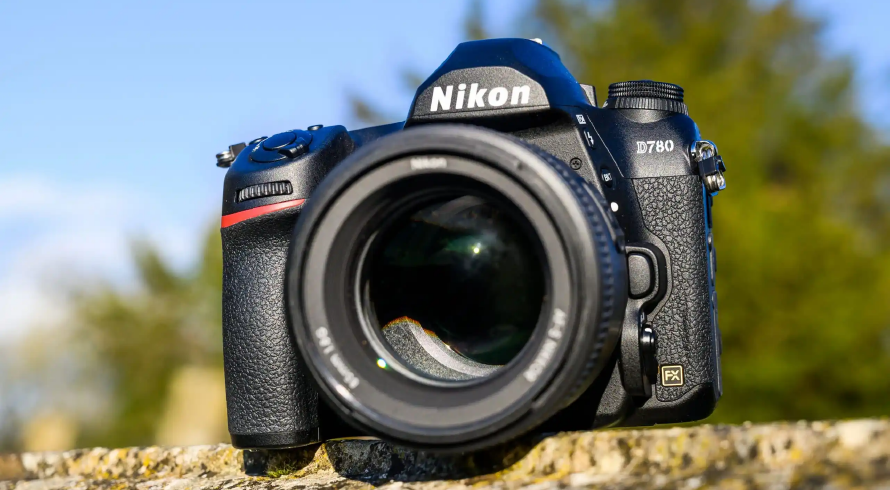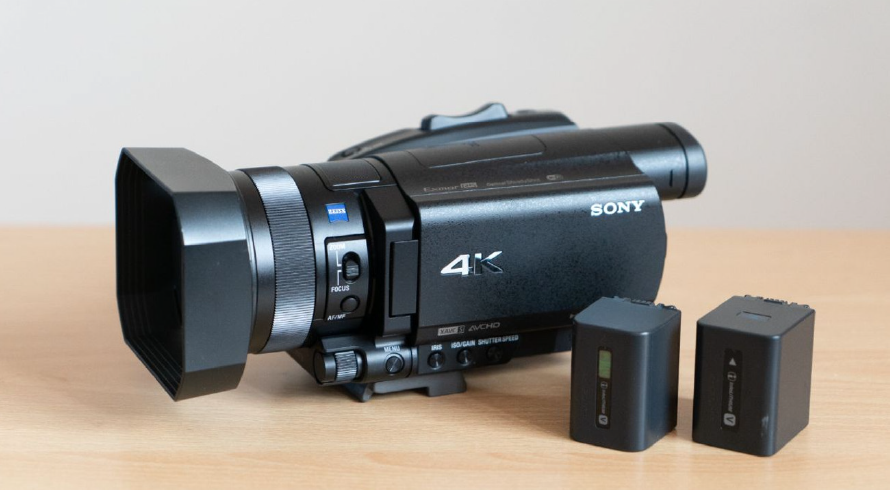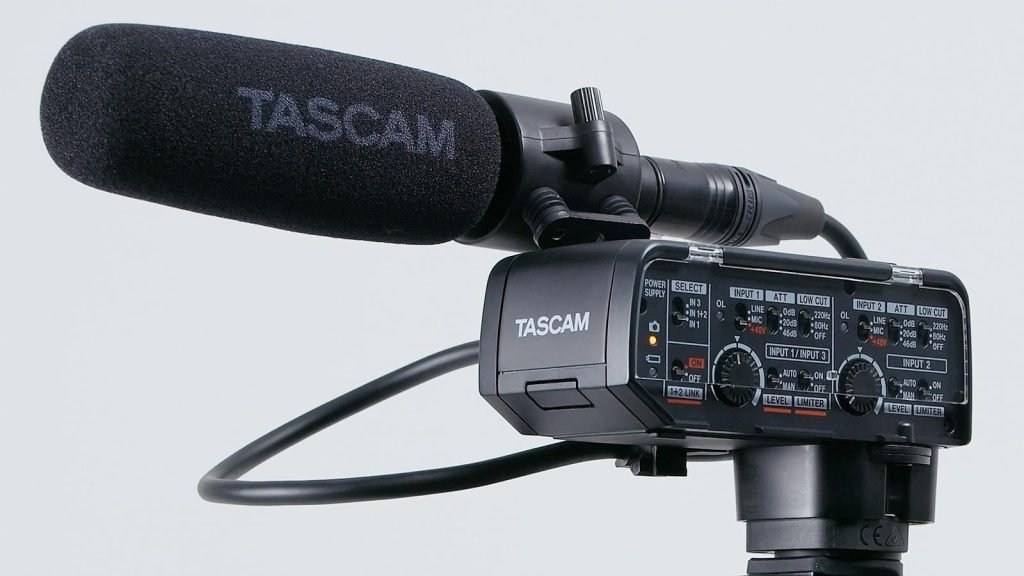
Are you trying to find the best video camera for your video production needs? Are you new to the world of video recording and wish to understand the video capabilities of the many different types of video cameras that are now available? Let’s go through the many options you will encounter from an affordable consumer mirrorless camera to the dedicated cinema cameras used by professionals in the industry. We’ll also help you understand what features you need to consider when choosing a capable video camera from in-body image stabilization to their ability to shoot video in low light conditions. With this, you’ll be able to find the best camera that fits your video recording requirement and budget.
Types Of Video Cameras You Can Purchase
The best video cameras come in many different shapes, sizes, and of course camera features. The advancement of technology has meant that high-quality video recording even at resolutions of 4K video is now within the reach of the average consumer or videographer. Let’s look at the types of cameras you will be able to find.
Smartphone

Let’s start with the camera that’s already in your pocket or the one you’re reading this article on. If you’re shooting video for a blog or social media content, then a smartphone is easily the best camera to start capturing footage. Its small size, ease of use, and ability to edit video footage on the go without transferring it to another device make it the perfect companion for travel vloggers.
Full HD video is available, and newer smartphones even have slow motion and 4K video quality. If you’re simply capturing everyday moments or making Tik Tok videos, then a modern smartphone can deliver the goods. Of course, the downside is the lack of control over the image you can capture in terms of dynamic range, depth of field, and zoom options. There are also very limited audio input options and not much control over them.
If you wish to get started in videography, then the smartphone is a great place to begin your journey. For everything else you need to know, read How To Get Started In Videography.
DSLR/Mirrorless Camera

www.amateurphotographer.com
Digital single-lens reflex (DSLR) camera is the next step up from your smartphone. While originally meant for photography, DSLRs are hybrid cameras that can capture 4K video. They come with interchangeable lenses which allow you to control the image and even provide you with RAW video footage. Their low light sensitivity is also good and they can be mounted in many types of gimbals for image stabilization when shooting handheld.
Mirrorless cameras have the same capabilities as a DSLR with the only difference being that it doesn’t use a reflex mirror in their design. Mirrorless cameras use an electronic viewfinder instead of the traditional optical one used in DSLRs and can operate much quieter. Both of these digital cameras are portable, with entry-level models being very affordable while still providing excellent video features. Both Canon EOS R5 and Sony A7S III are great examples of mirrorless cameras while Nikon D780 and Canon EOS 6D Mark II are amazing DSLR options.
YouTubers and videographers that capture footage from events like weddings tend to use this type of camera. While they are a hybrid camera, a DSLR is generally made for taking pictures. As a result, they don’t offer many audio inputs, the autofocus system isn’t great, and zooming has to be done manually. Many of them also limit how long you can record footage continuously, with a 30-minute cap on most of them.
Camcorder

If you want to take longer video clips that go beyond an hour, you will need a camcorder. While many people seem to have forgotten they still exist, camcorders offer full HD and 4K recording, with longer battery life, and excellent autofocus that DSLRs still can’t match. Some even have XLR audio inputs, allowing you to connect professional-grade microphones giving you more sound-capturing options.
Camcorders are the best cameras for covering live events that go on for a few hours and can be handheld or mounted on a tripod. They are simple to operate with decent auto exposure capabilities that will allow even an amateur videographer to use them without much setup. The downside is that camcorders are not hybrid cameras like DSLRs, and you can’t take still images if you need to. They also don’t come with interchangeable lenses giving you very little control over the image, and their low-light operation isn’t great.
Action Camera

Image taken from www.static.gopro.com
Action cameras, like the ones made by GoPro, are great when you’re filming while moving fast. This makes them the companion of bikers, surfers, parkour/free-runners, underwater divers, and even skydivers that like to capture footage while taking part in their favorite adrenaline-fueled activity. This is possible since action cameras are small, lightweight, and built for rugged use. They also come with image stabilization built-in and slow-motion video recording capabilities.
Action cameras can be attached to many types of equipment such as helmets and are simple to use. There is usually no viewfinder on the camera body itself, and users will require an external monitor or an accompanying smartphone to check the footage after they’ve recorded it. The lens is usually fixed as well, giving you very limited options to manipulate the image, and the low-light capabilities aren’t great either. These cameras are great for shooting action but quite terrible for anything else. Action cameras are naturally a good fit for unmanned drones if you require aerial videography to be done.
Digital Cinema Camera

Image taken from www.sharegrid.com
This is the filmmaking camera that a professional in video production or someone starting a career in cinematography will need to get started. A cinema-quality camera has the best sensors that provide amazing picture quality and dynamic range. They also offer industry-standard audio input options and outputs designed to connect an external recorder or monitor. Many of them even have a fully-articulated screen to help the camera operator be more flexible from the position they’re shooting from.
The lenses in a cinema camera are interchangeable, giving you the greatest control over your image, and a cinematic look to whatever you decide to capture. Low light quality is good, with RAW footage capture supported as well. They will be expensive and have a steeper learning curve to understand all the different features and camera settings they offer.
Things To Consider When Choosing The Best Video Camera For Video Production
Now you understand the different types of cameras available in the camera market and their common applications, let’s look at what else you need to consider when choosing a model suitable for your video production.
Video Quality
The video quality is dependent on the video resolution that is supported by the camera’s image sensor. Full HD or 1080p used to be the standard with 4K now becoming the norm. Some cameras will even offer more resolution like the Pocket Cinema Camera 6K Pro by Blackmagic. Shooting in a higher resolution like 4K or 6K will grant you the flexibility of adjusting your shot during editing if you’re planning on publishing the video in 1080p or 4K respectively.
Cropping and image stabilization can be done in post-production without losing anything important only if you have shot in a higher resolution. The downside to high resolution is that processing such video footage requires more powerful computer workstations, and the file sizes will also increase with resolution.
Recording Formats
MPEG-4 (MP4) contains many formats that are widely used in many consumer-level camera products. Apple products utilize the QuickTime (MOV) video format. Most camera manufacturers like Nikon, Canon, Sony, and Panasonic, support these standard formats. Furthermore, popular video-editing applications such as Apple’s Final Cut Pro and Adobe Premiere Pro support the same formats.
Professional video cameras from Sony and Panasonic will also offer recording formats like MXF (Material eXchange Format). And of course, there is the RAW file format which offers the highest quality by capturing all the data that a sensor can provide. This includes the maximum color data, the highest dynamic range, and the greatest bit depth that is possible.
Full-Frame Sensor
A camera with a full-frame sensor is called a ‘full-frame camera’. The size of its sensor is equal to a 35mm film camera (24mm x 36mm) which is the industry standard used in most feature films. Other cameras with smaller sensors are called ‘crop cameras’ and will crop the edges of the pictures or video footage that is captured using them. How much image is lost depends on the ‘crop factor’.
Apart from the zero crop factor which gives it a wider and more cinematic field of view, full-frame cameras have sensors that can take in more light, and detail. This results in higher dynamic range, and better low-light capabilities. Of course, the downside is that they are more expensive and bulkier to carry around.
Frame Rate
Most cameras used in videography will be recording video footage at a frame rate of 30 frames per second (30 FPS) while Hollywood filmmakers will choose to shoot at 24 FPS which gives it that cinematic flavor. However, if you require slow-motion video, then you need to shoot at a higher frame rate like 60 FPS or even 120 FPS. This is necessary for action-related videos like stunts and sports events where audiences expect video playback. This is also where smartphone limitations kick in since many that support slow-motion capture do so at a reduced resolution.
Interchangeable Lenses

Image taken from https://photographylife.com/
DSLR and cinema cameras offer great versatility in terms of controlling the composition, and depth of field of the videos you capture. They also come with a large variety of lenses which can be swapped to obtain a different look if the videographer wishes it. If you’re carefully setting the lighting, and other elements visible in the frame to attain a specific look, it’s important your camera can change its lenses. This is great for shooting feature films or even marketing-related videos where the director has already set a creative vision.
The Autofocus System
For more documentary-style footage like live events, you’ll need dependable autofocus. The camera should be able to track subjects and refocus quickly to maintain focus while they move. Alternatively, the refocusing should be slow and smooth when you want to switch focus between two subjects during your shot. The ‘focus peaking’ feature will highlight the parts of the image that are in focus, assisting a videographer to easily keep track of where they’re focusing manually.
In-Body Image Stabilization
Some cameras come with image stabilization built-in to their video capturing. This could help remove the camera shake when you’re shooting handheld or smooth out the shake introduced when you’re on the move. Keep in mind that this is achieved usually by cropping in, so you will lose some of the edges of your shots. Of course, you can also utilize a gimbal to mount the camera, which can reduce the shakiness without enabling the camera’s image stabilization mode.
Low Light Performance
The low light shooting capabilities are determined by the sensor and how much light it can take in. You can compensate for the lack of light on a DSLR by cranking up the ISO setting although this will introduce signal noise which makes your footage look grainy. Of course, you could also use lighting gear to adjust the lighting level to a point where the sensor can comfortably record without adding noise.
Panasonic cameras come with a technology called ‘dual native ISO’ which allows them to record footage at very low light levels without requiring additional lighting gear. This enables videographers to maintain a naturalistic look without compromising on the image quality, and shoot with a low budget without the need to bring in additional gear.
High Dynamic Range (HDR)
A higher dynamic range means there will be more contrast between the brightest and darkest parts of the image. This allows more detail in shadows and highlights to be captured. Many televisions now offer HDR video viewing capabilities, making it an important element that has to be considered. Even YouTube offers users to switch to HDR. Many professionals believe HDR has a bigger impact on a viewer than 4K and 8K video.
The quality of HDR is determined by the number of stops of dynamic range a camera can capture. The more stops the camera sensor has, the more color information it can record. The additional color information is recorded in 10-bit capture or logs capture methods by most cameras.
RAW footage also provides more data to work with later in post-production. If you accidentally over or under-expose your shot, you can still make adjustments if you’ve recorded in a RAW format. On the other hand, RAW footage will need more work done by the editing team to make it look good, and HDR requires color correction and color grading to make it look presentable.
Photo Image Quality And Settings Carry Over
On some cameras, even if you set it to get great picture quality for still images, these settings will not automatically give you great video quality. Some users prefer keeping camera settings for exposure and white balance separate for photos and videos. Alternatively, others might like to switch without constantly adjusting the settings. Depending on what you prefer, you’ll need to check if the camera allows settings carry-over.
Audio Quality

Image taken from www.tascam.eu
If you’re recording dialog or interviewing someone, then a camera with a great sensor alone will not be enough. In such situations, you cannot just rely on the camera’s inbuilt microphone. You will need to connect an external mic which requires input jacks. DSLRs will usually have a 3.5 stereo input for sound.
Many professional camcorders offer XLR inputs and even a headphone jack that will allow you to monitor the sound you’re recording. If you hear any undesirable sounds, this will allow you to hear that, and make adjustments on the audio to filter these out, or simply do another take.
Storage, Battery Life, And Portability
You will also need to pay attention to a camera’s recording limits and what sort of storage media it utilizes. This is usually an SD card but the size of the card may differ. Naturally, the size and battery capacity of the camera will determine which types of situations you can use it in. And finally, all of these factors will determine the price of the camera, which can go from a very affordable consumer level to an expensive professional-grade piece of equipment.
Ready To Buy Your First Video Camera?

If you wish to learn more about videography, the video production process, or the techniques used, check out the SUJO Twenty-Two blog. We’re an experienced videography agency that specializes in providing top-quality video production services to the hospitality, restaurant, real estate, and travel industries. If you wish to learn more about services, visit the SUJO Twenty-Two website and find out now!
FAQs
Many types of cameras can be used for recording videos like smartphone cameras, DSLRs, mirrorless cameras, camcorders, action cameras, and professional-grade cinema cameras.
To choose the best video camera, you have to consider its video resolution, sensor type, recording format, frame rate, lenses available, audio inputs, autofocus, image stabilization, high dynamic range, low light performance, as well as storage, battery life, and portability.



